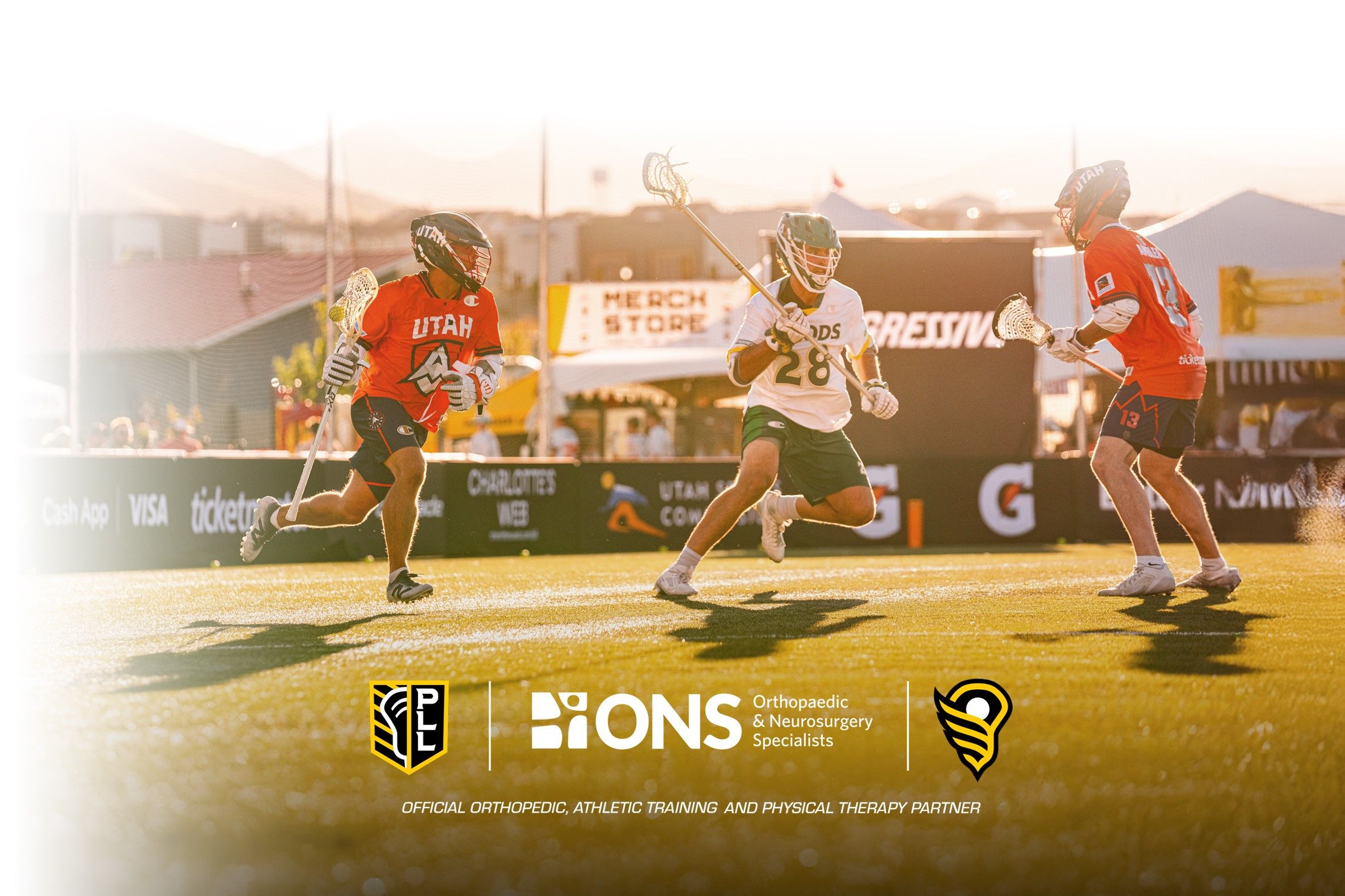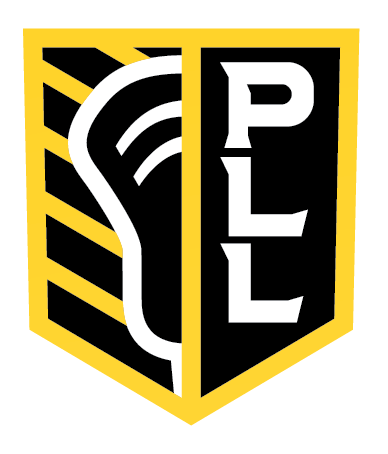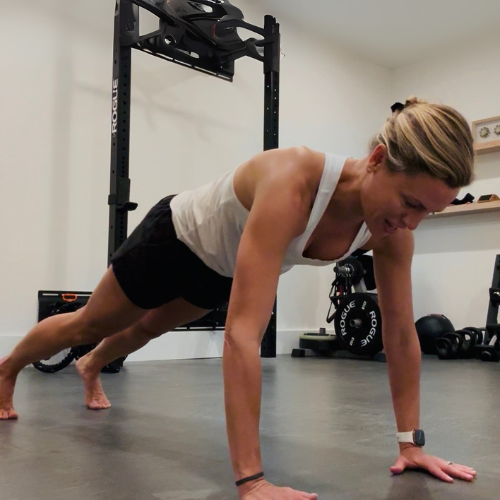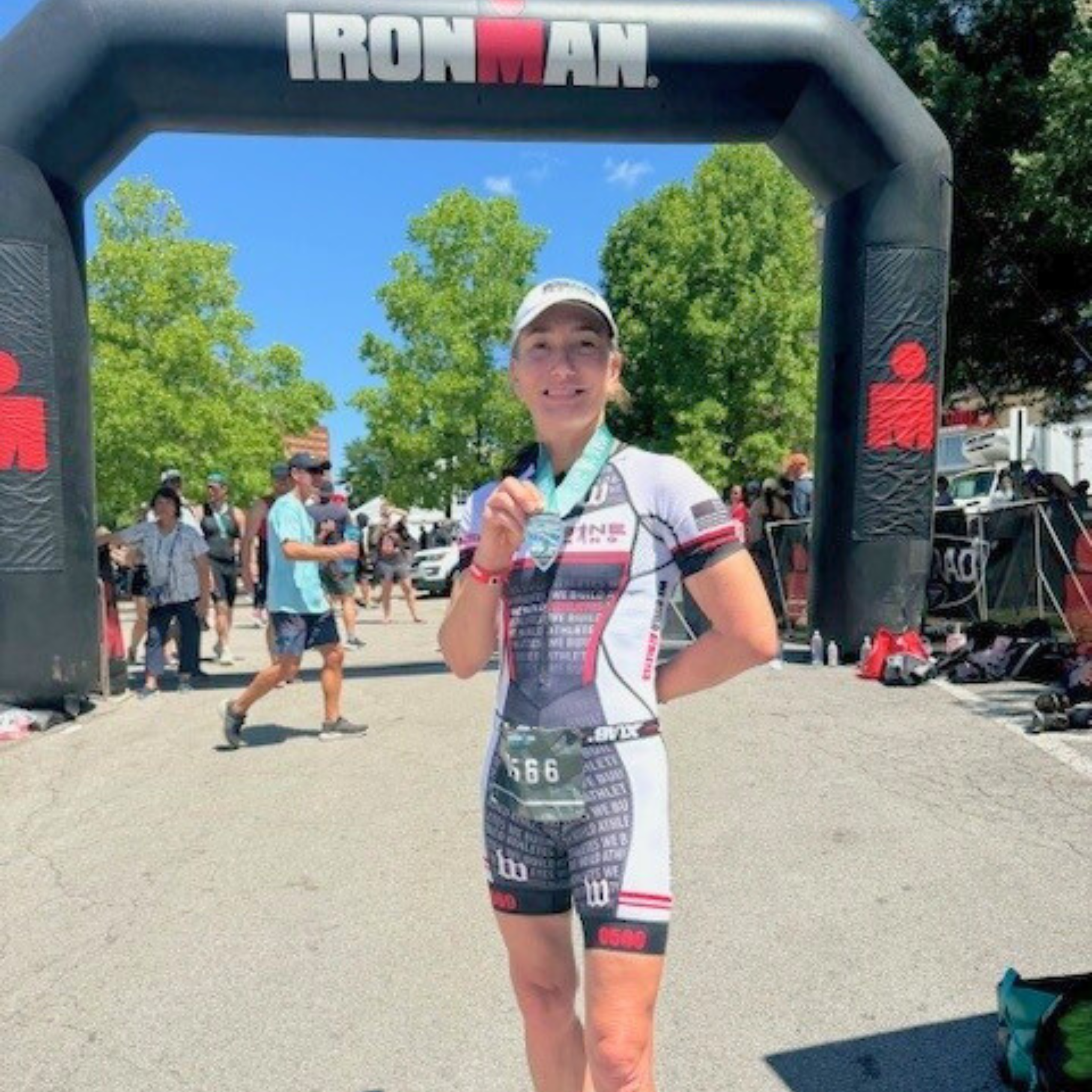Sports Partnerships
More athletes and active people trust Orthopaedic & Neurosurgery Specialists (ONS), the area’s premiere sports medicine practice. We do more minimally invasive arthroscopic procedures than any other provider in the region.
Sports-related injuries can happen suddenly (like a fall) or over time (like swinging a golf club for years). We most commonly help athletes with ligament, tendon, joint, or muscle injuries.
Why Choose ONS for Sports Medicine?
Our goal is to get you back to the highest level of play. We understand the unique needs of athletes of all ages. From young athletes and professionals to weekend warriors and those enjoying an active retirement, we can help.
What sets ONS apart for Sports Medicine:
- Fellowship-trained sports medicine specialists: Our doctors have advanced training in sports medicine. We’ve worked with athletes at all levels, including collegiate and professional. See our physicians.
- Latest treatments: We’re experts in the latest arthroscopic and reconstructive techniques. This includes cartilage repair and reconstruction, which helps people avoid joint replacement. Plus, we have a special focus on areas that specifically affect athletes, like hip preservation.
- Focus on recovery and return to play: We have access to a convenient surgery center and on-site physical and occupational therapy at multiple locations. We do everything we can to help athletes navigate the treatment and recovery process.
- Individualized care near you: Our physicians live and work in the areas they serve and are proud to offer an individualized approach to each patient.
Sports Medicine Conditions We Treat
With a focus on shoulder, elbow, hip, and knee injuries, we help athletes and people with active lifestyles get back to doing what they love. Some of the more common sports injuries we treat are:
- Achilles tendon tears
- ACL (anterior cruciate ligament) injuries.
- Cartilage injuries including transplants.
- Dislocations
- Golfer’s elbow and tennis elbow.
- Hip impingement
- Hip labrum tears
- Meniscus tears
- MCL (medial collateral ligament) injuries.
- Overuse injuries, such as IT band syndrome, tendonitis, and shin splints.
- Rotator cuff tears
- Shoulder impingement
- Shoulder instability
- Shoulder labrum tears
- Sprains or strains
- Stress fractures
Sports Medicine Treatments at ONS
We provide complete sports medicine care, from conservative treatments to surgery.
Depending on your condition, we may start with nonsurgical treatments such as:
- Physical therapy, including aquatic therapy, to help increase strength, flexibility, and range of motion. We have detailed physical therapy protocols tailored to each patient’s specific needs, allowing us to achieve the greatest results for patients. Learn more about our physical therapy service.
- Medication to treat and reduce pain, inflammation, and swelling.
- Injections to relieve pain and speed healing, such as platelet-rich plasma (PRP) or injections, peripheral joint injections.
- Shockwave therapy, a non-invasive treatment using high-energy sound waves to stimulate healing, increase blood flow, promote collagen production, and accelerate recovery for active individuals with pain unresponsive to conventional treatments.
Common Sports Medicine Surgeries
If you need surgery to relieve pain and get you back in the game, our surgeons offer the latest surgical techniques. This includes minimally invasive surgery and arthroscopy, as well as robot-assisted surgery. We’re proud to offer opioid-sparing and minimizing techniques for pain management during and after surgery. This multimodal approach ensures that our patients are both safe and comfortable.
Arthroscopy requires only small incisions. Athletes appreciate that they heal more quickly after an arthroscopic procedure than a traditional surgery. We commonly perform:
- Arthroscopic ACL reconstruction
- Cartilage transplantation
- Elbow arthroscopy
- Hip arthroscopy
- Knee arthroscopy
- Shoulder arthroscopy
We also specialize in joint replacement surgery (arthroplasty) for athletes. This surgery removes all or part of a damaged joint and replaces it with an artificial joint. For athletes, the most common procedure is shoulder replacement surgery.
Our surgeons successfully complete hundreds of sports medicine procedures each year at ONS’ state-of-the-art Stamford Ambulatory Surgery Center (ASC).
With a focus on shoulder, elbow, hip, and knee injuries, we help athletes and people with active lifestyles get back to doing what they love. Some of the more common sports injuries we treat are:
- Achilles tendon tears
- ACL (anterior cruciate ligament) injuries.
- Cartilage injuries including transplants.
- Dislocations
- Golfer’s elbow and tennis elbow.
- Hip impingement
- Hip labrum tears
- Meniscus tears
- MCL (medial collateral ligament) injuries.
- Overuse injuries, such as IT band syndrome, tendonitis, and shin splints.
- Rotator cuff tears
- Shoulder impingement
- Shoulder instability
- Shoulder labrum tears
- Sprains or strains
- Stress fractures
We provide complete sports medicine care, from conservative treatments to surgery.
Depending on your condition, we may start with nonsurgical treatments such as:
- Physical therapy, including aquatic therapy, to help increase strength, flexibility, and range of motion. We have detailed physical therapy protocols tailored to each patient’s specific needs, allowing us to achieve the greatest results for patients. Learn more about our physical therapy service.
- Medication to treat and reduce pain, inflammation, and swelling.
- Injections to relieve pain and speed healing, such as platelet-rich plasma (PRP) or injections, peripheral joint injections.
- Shockwave therapy, a non-invasive treatment using high-energy sound waves to stimulate healing, increase blood flow, promote collagen production, and accelerate recovery for active individuals with pain unresponsive to conventional treatments.
If you need surgery to relieve pain and get you back in the game, our surgeons offer the latest surgical techniques. This includes minimally invasive surgery and arthroscopy, as well as robot-assisted surgery. We’re proud to offer opioid-sparing and minimizing techniques for pain management during and after surgery. This multimodal approach ensures that our patients are both safe and comfortable.
Arthroscopy requires only small incisions. Athletes appreciate that they heal more quickly after an arthroscopic procedure than a traditional surgery. We commonly perform:
- Arthroscopic ACL reconstruction
- Cartilage transplantation
- Elbow arthroscopy
- Hip arthroscopy
- Knee arthroscopy
- Shoulder arthroscopy
We also specialize in joint replacement surgery (arthroplasty) for athletes. This surgery removes all or part of a damaged joint and replaces it with an artificial joint. For athletes, the most common procedure is shoulder replacement surgery.
Our surgeons successfully complete hundreds of sports medicine procedures each year at ONS’ state-of-the-art Stamford Ambulatory Surgery Center (ASC).
Featured Videos
Is a Strengthening Program Safe for Your Youth Athlete?
Watch Dr. Marc Kowalsky, Sports Medicine Specialist and Shoulder, Elbow & Knee Surgeon at ONS, discuss myths about strengthening programs, and share how young athletes can lower injury risk and improve athletic performance by strengthening safely. ONS is proud to partner with House of Sports to support athletes with sports medicine expertise and a focus on player welfare.
Is It an Injury, or Common Muscle Soreness?
Learn the important differences between post-exercise muscle soreness and true injury from Dr. Marc Kowalsky, Sports Medicine Specialist and Shoulder, Elbow & Knee Surgeon at ONS. ONS is proud to partner with House of Sports to support athletes with sports medicine expertise and a focus on player welfare.
Physicians

- Physiatry
- Spine
- Sports Medicine
Practicing in:
Greenwich, Stamford, and Wilton
- Sports Medicine
- Shoulder
Practicing in:
Greenwich and Stamford
- Sports Medicine
- Shoulder
Practicing in:
Greenwich, Stamford, and Wilton Director, ONS Sports Concussion Center
Director, ONS Sports Concussion Center- Primary Care Sports Medicine
- Sports Medicine
Practicing in:
Greenwich and Harrison
- Sports Medicine
- Shoulder
Practicing in:
Greenwich and Stamford
- Physiatry
- Spine
- Sports Medicine
Practicing in:
Greenwich Director of Ultrasound
Director of Ultrasound- Physiatry
- Spine
- Sports Medicine
Practicing in:
Greenwich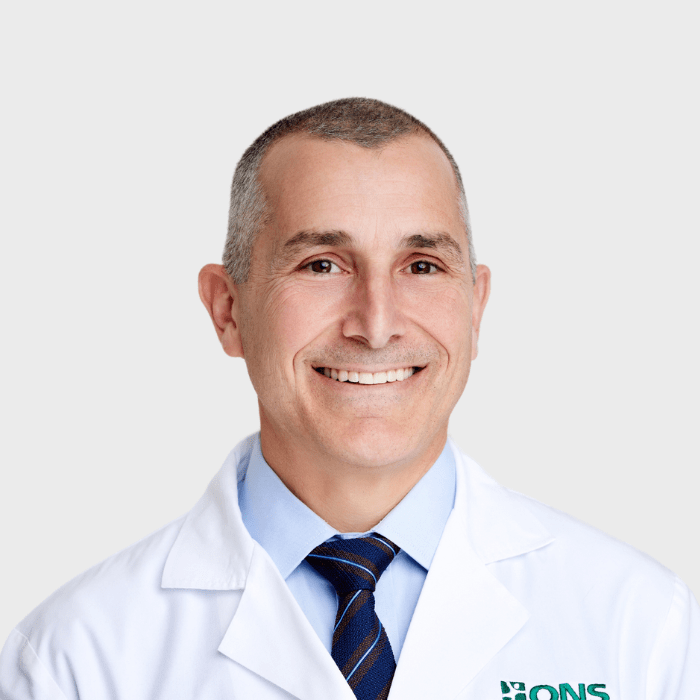
- Sports Medicine
- Shoulder
Practicing in:
Greenwich, Stamford, and Harrison
- Physiatry
- Spine
- Sports Medicine
Practicing in:
Wilton and Harrison
- Physiatry
- Spine
- Sports Medicine
Practicing in:
Stamford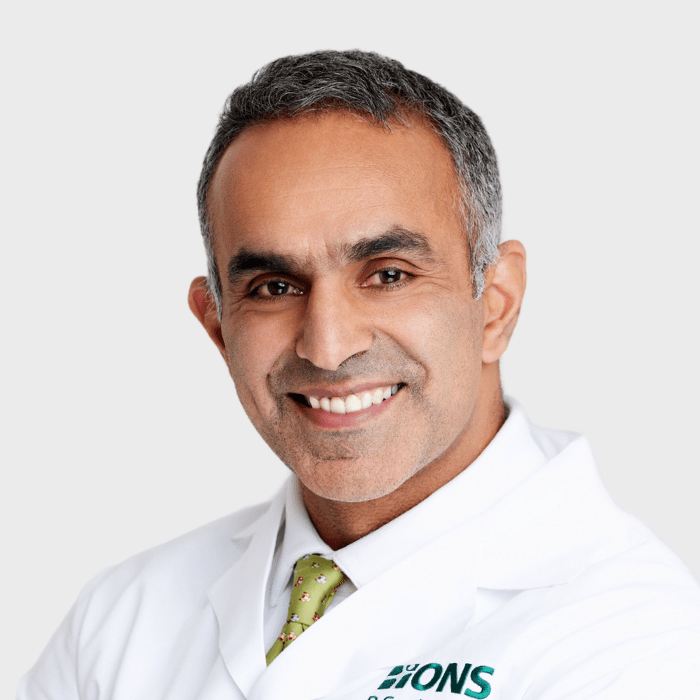
- Sports Medicine
- Shoulder
Practicing in:
Greenwich and Harrison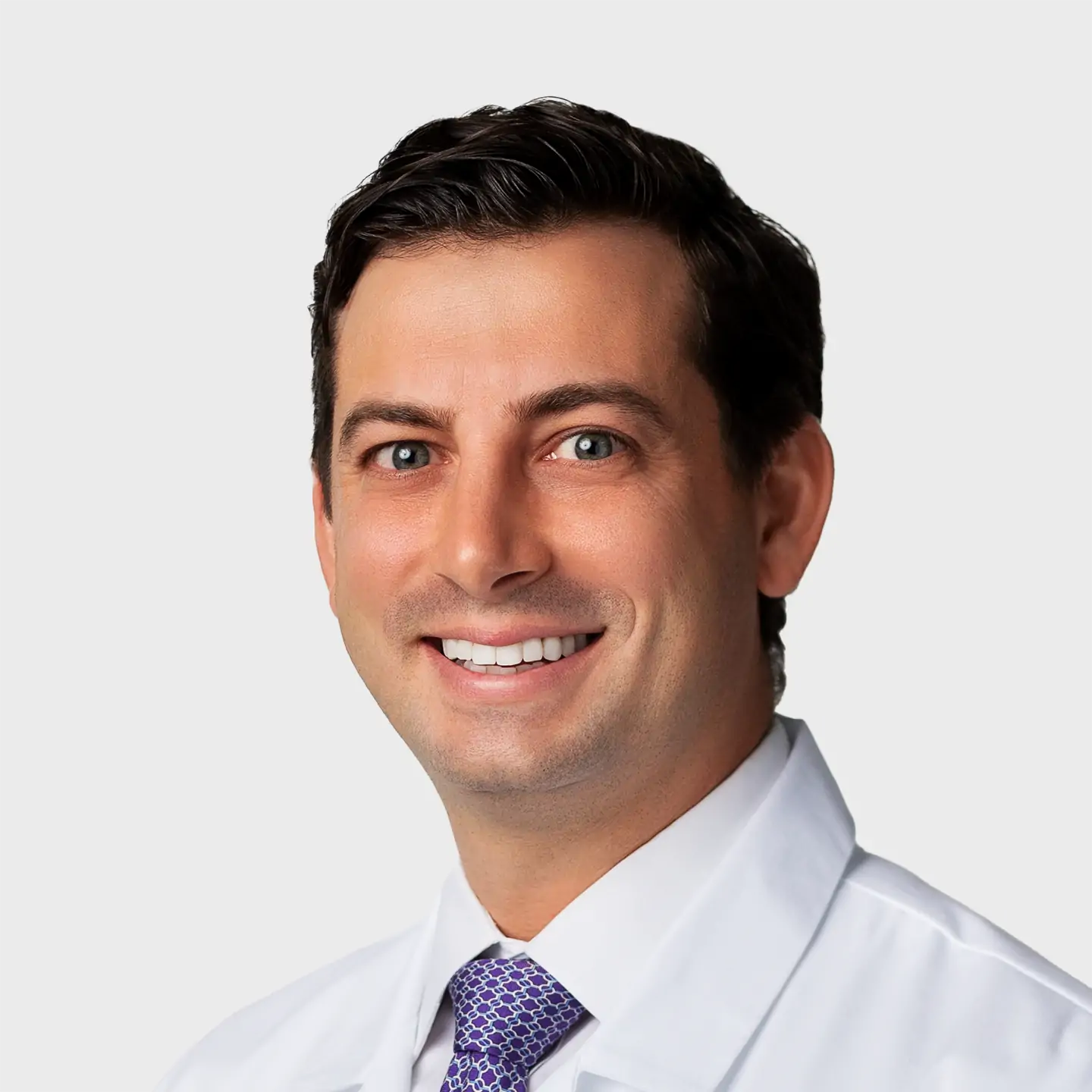
- Sports Medicine
- Shoulder
Practicing in:
Greenwich, Wilton, and Stamford Chief Medical Officer & Director of the ONS Women's Sports Medicine Center
Chief Medical Officer & Director of the ONS Women's Sports Medicine Center- Sports Medicine
- Shoulder
Practicing in:
Greenwich and Stamford

